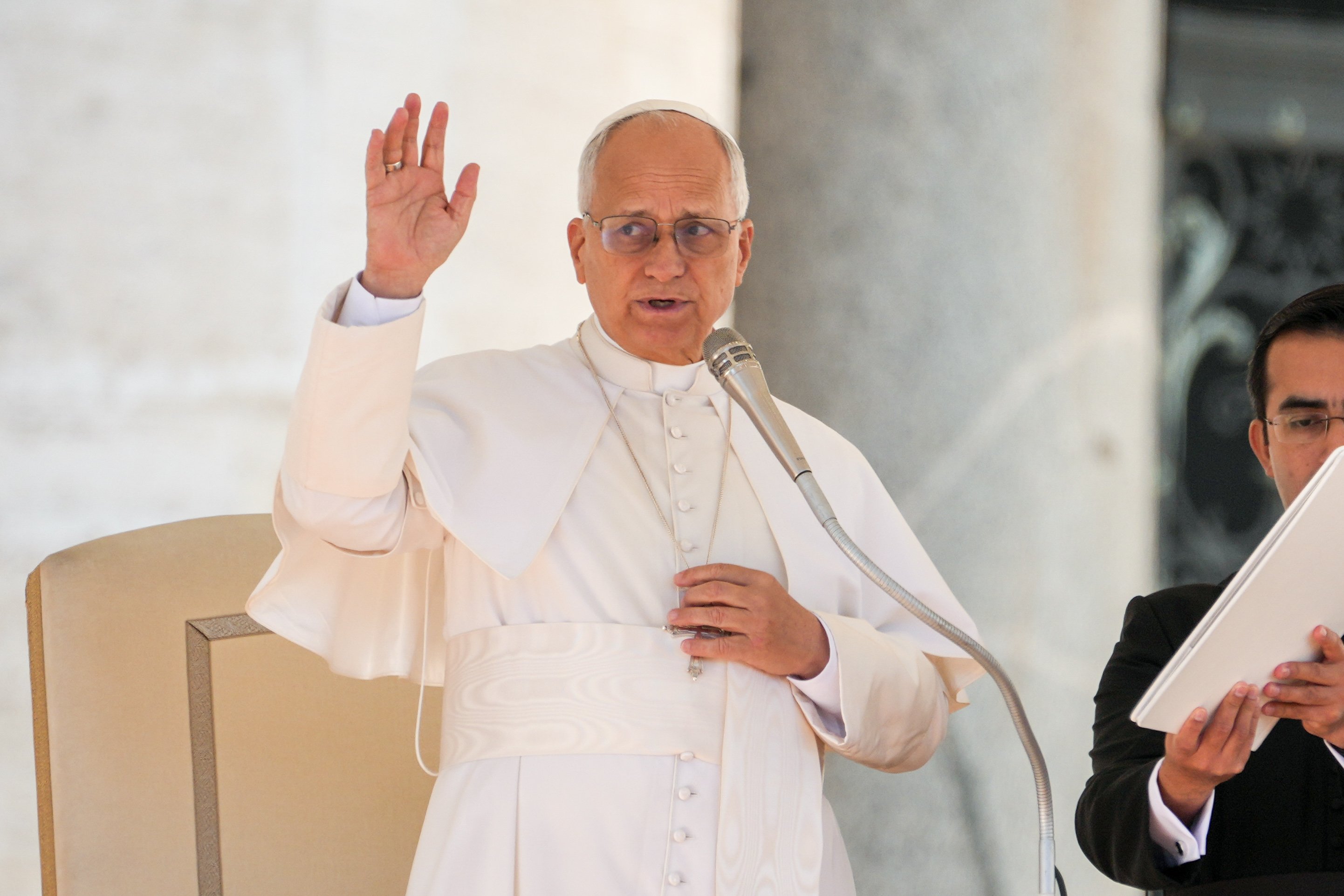July 31, 2018 at 7:05 p.m.
FROM A READING FOR AUG. 5, 18TH SUNDAY IN ORDINARY TIME
‘Do not work for the food that perishes, but for the food that endures for eternal life, which the Son of Man will give you...” — Jn 6:27
Last week, we heard how Jesus miraculously fed the 5,000. That event sets the stage for our Gospels over the next few weeks, as we hear the “bread of life discourse” of Jesus.
Jesus has crossed over the lake, but the crowds follow Him, having experienced the miracle. We might say that they come back for more food, although, this time, Jesus will feed them with His words and bring the promise of the “bread of life.”
Our other readings prepare us for this central and life-giving teaching of Jesus.
In our first reading (Ex 16:2-4,12-15), we have a classic case of what is called “typology.” That is where the Old Testament reading is like a foreshadowing or “type” that is fulfilled and completed in Jesus.
The Israelites have escaped from Egypt and their cruel slavery under the pharaoh, but now they grumble as they journey through the desert. God sends them a gift to feed them: manna. The people are amazed at this gift in the desert wilderness.
In fact, the word “manna” (“man-hu”) literally means, “What is it?” Experts have suggested all sorts of physical explanations for what this manna might be. Some, for example, claim it is a substance that comes from the tamarisk tree that is commonly found in the desert.
Such speculations miss the whole point of this gift of manna. This manna is, of course, physical food to sustain them; but it is so much more. It is a sign of God’s love and care for His people. He feeds and sustains them as they journey through the desert.
In fact, this gift was so important to the faith of Israel in the centuries to come that “the bread of presence” (a symbol of the manna) was one of the three things kept in the most sacred part of the temple in Jerusalem.
As Christians, we would also say that this manna is a sign or type of Jesus, the bread of life, who feeds and sustains us as we journey through life.
Psalm 34 will be our companion for the next few weeks as we work our way through the sixth chapter of St. John’s Gospel. It sings of God’s love and care for His people, especially how He feeds and sustains them. That is why we can joyfully sing, “Taste and see the goodness of the Lord.”
In the second reading (Eph 4:17,20-24), we are urged not to revert back to our old way of living before we received Christ. We are a new person in Christ from the roots upward! We might say that receiving Christ, the bread of life, in the Eucharist is a powerful symbol of this change and total transformation in us.
Writing more than 1,600 years ago, St. Augustine commented that the Eucharist differs from ordinary food. When we eat ordinary food and digest it, it becomes, so to speak, part of us. With the Eucharist, the opposite happens: We become part of the one we have received and consumed.
The Gospel, as we have noted, begins the bread of life discourse of Jesus. The crowd asks all sorts of questions of Jesus: “When did you get here? What can we do to accomplish the works of God? What sign can you give that we may believe?” These could be our questions, too!
Jesus gives a clear and direct answer to these questions; in fact, it is a key moment as Jesus reveals who He is. His reply is, “I am the bread of life.”
Jesus goes on to open this up and to teach further. His message is, “Do not focus on surface things, but go deeper.” The crowd was amazed that He had given them physical food in the feeding of the 5,000, but Jesus has so much more to offer. He is the bread that feeds and sustains us spiritually, and this food does not perish or go bad. It endures and it is permanent.
Jesus, the bread of life, feeds not so much physical appetites, but the deeper spiritual appetites and desires that we have. This is why we will never hunger or thirst again.
As we prepare for the diocesan Eucharistic Congress to be held Sept. 22, we see this strong connection between our readings this week and the Eucharist. The Eucharist is the real and continuing presence of Jesus, the bread of life: It is the food that satisfies our deepest hungers. It is the bread of presence or the manna from heaven: a real and living sign of God’s love and care for us.
The Eucharist gives us strength, so that we, too, may “go and announce the Gospel of the Lord.”
- Dig deep and work patiently to keep church on solid foundation, pope says
- Portland archbishop on ICE: Human dignity comes from God, not government
- Christian hope shows the earth can resemble heaven, pope says
- Washington Roundup: Election shifts; Venezuela vote; transgender passports, and more
- Novel highlights power of art and music as a salve to troubled humanity
- Supreme Court sides with Trump administration to temporarily block full funding for SNAP
- Former diocesan fundraising director indicted on wire fraud for alleged 6-figure theft
- Love is key to church’s mental health ministry, says bishop who lost family to suicide
- Caring for creation is part of peacemaking, pope tells COP30
- Security for Syria’s religious minorities is disastrous, say religious freedom advocates








Comments:
You must login to comment.